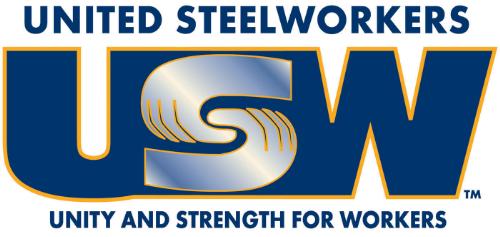Rio Tinto Brags About Highest Toxic Releases in US
Published 07-21-03
Submitted by United Steelworkers (USW)
Kennecott Utah Copper (KUC), like other Rio Tinto subsidiaries, generates reports discussing purported company social and environmental performance. In 2002, Kennecott released an annual report titled “Social and Environment Report,” along with a mailing that went out to some Salt Lake County residents titled “Kennecott Expects Significant Drop in Future TRI Numbers.” The report and mailing make numerous claims about alleged improvements in Kennecott’s toxic releases for 2001.
However, on June 20, 2003, the EPA released 2001 figures for the Toxic Release Inventory (TRI), a database that details toxic releases by facilities in the US, which portray Kennecott in a much different light.
According to the EPA’s TRI, in 2001 a Kennecott facility in Copperton, Utah was the largest toxic releaser in the US- for the third year in a row- releasing 695,929,704 pounds of toxic chemicals to the environment. This is over 263 million pounds more than the second largest toxic releaser.
EPA TRI figures also show that, in 2001, Kennecott:
“It’s absolutely outrageous that Kennecott would use social reporting to portray its massive toxic releases in a positive light,” said Diane Heminway, Environmental Projects Coordinator for the United Steelworkers of America. “These kinds of antics are what make many people cynical about corporate commitment to social responsibility in general.”
Heminway went on to describe specific claims made by Kennecott in its social and environmental reporting as “half-truths, if not downright deceptions,” including:
Recently, Kennecott has put a different spin on its massive toxic releases than it did in earlier social reporting, downplaying their significance rather than bragging about them. According to news reports, after EPA released the 2001 TRI figures, Kennecott spokesman Louis Cononelos claimed “reporting requirements” undermine the original intent of the TRI, saying, “this huge numbers game becomes meaningless to the public.”
Said Mike Wright, Director of the United Steelworkers of America’s Health, Safety and Environment Department, “Seven hundred and thirty million pounds of Kennecott’s toxic chemicals in Salt Lake County residents’ backyard is hardly meaningless to the public, and Kennecott knows it. That’s why they produce the glossy reports and mailings. However, what workers and communities living nearby Kennecott facilities need is for the company to clean up its act, not a denial of responsibility and not a whitewash.”
Kennecott Utah Copper, based in Magna, Utah (USA) employs about 1,900 mineral mining, processing and support workers at its Salt Lake City area facilities, approximately 1,000 of which are represented by the United Steelworkers of America. In 2002, its parent Rio Tinto, which employs about 60,000 people globally, reported US$10.8 billion in gross revenues and US$2.4 billion in gross profits. KUC claimed US$755 million in revenues and US$78 million in net profits.
1. Toxic Release Inventory, www.epa.gov/triexplorer/.
2. Agency for Toxic Substances and Disease Registry ToxFAQs for Arsenic, July 2001
3. Agency for Toxic Substances and Disease Registry ToxFAQs for Lead, June 1999
4. Deseretnews.com, July 2, 2003, http://deseretnews.com/dn/view/1,1249,510036893,00.html

United Steelworkers (USW)
United Steelworkers (USW)
The USW is the largest industrial union in North America with 850,000 members. It represents workers employed in metals, rubber, chemicals, paper and mining, plus the energy sectors of oil refining, nuclear, gas and electric service utilities, wind, solar and bio-fuels.
More from United Steelworkers (USW)

